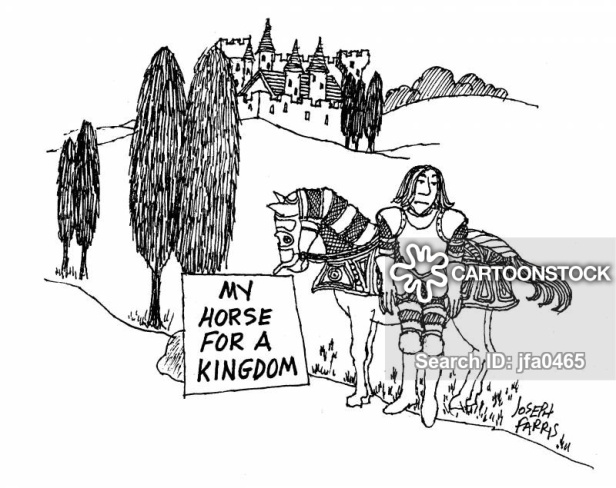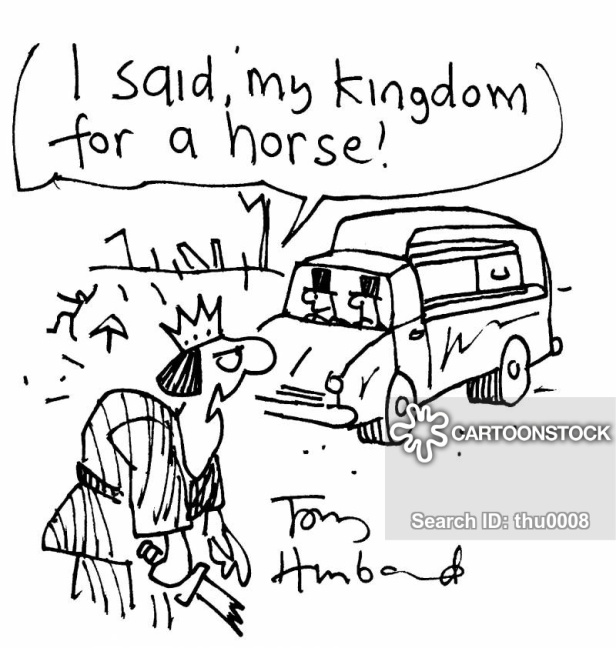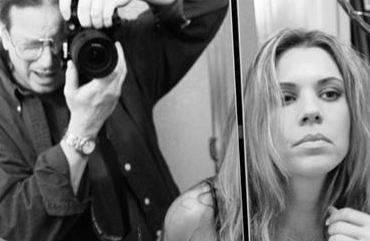MY KINGDOM FOR A HORSE The Significance of The Horse in Human History
By Bill Dobbins www.billdobbinsphotography.com

King Richard: A horse, a horse! My kingdom for a horse!
Catesby: Withdraw, my lord; I’ll help you to a horse.
King Richard: Slave! I have set my life upon a cast, And I will stand the hazard of the die.
Richard The Third Act 5, scene 4, 7–10 | Source: http://bit.ly/2odHvOV


Until the era of the motor car and the internal combustion engine, which began at the end of the 19th century, the horse played a central and significant part in human history for many thousands of years. This is why you see so many artistic depictions of horses throughout time – including paintings, sculptures, and, in the modern era, photography.
The horse (Equus ferus caballus)[2][3] is one of two extant subspecies of Equus ferus. It is an odd-toed ungulate mammal belonging to the taxonomic family Equidae. The horse has evolved over the past 45 to 55 million years from a small multi-toed creature, Eohippus, into the large, single-toed animal of today. Humans began domesticating horses around 4000 BC, and their domestication is believed to have been widespread by 3000 BC. Horses in the subspecies caballus are domesticated, although some domesticated populations live in the wild as feral horses. These feral populations are not true wild horses, as this term is used to describe horses that have never been domesticated, such as the endangered Przewalski’s horse, a separate subspecies, and the only remaining true wild horse. There is an extensive, specialized vocabulary used to describe equine-related concepts, covering everything from anatomy to life stages, size, colors, markings, breeds, locomotion, and behavior. – Wikipedia
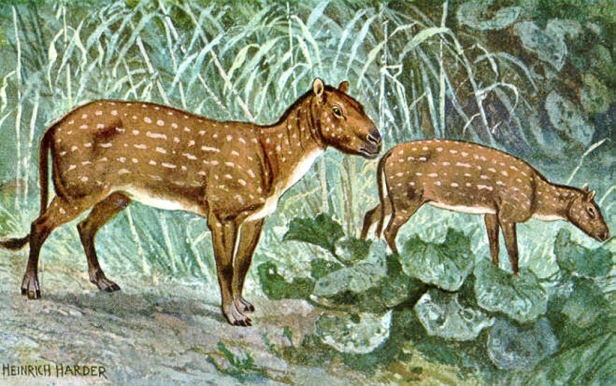


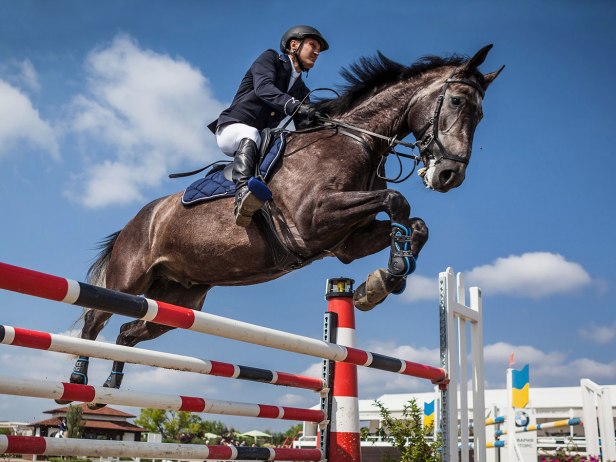
The horse has been used by humans for riding and put to work doing everything from fighting wars to pulling carts and wagons to plowing to powering various kinds of machines. Until the introduction of the railroad, the fastest a human could travel was on the back of a horse. Horses have been used in the war in every form from mounted medieval knights, the ancient equivalent of tanks, to fast and mobile calvary, including the Mongols, the Japanese Samurai, and plains Indians.
The Egyptians and others harnessed horses to chariots, a devastating weapon of war back in the day. In many cultures, the number of horses a man owned was a measure of his wealth. Alexander the Great had a horse named Bucephalus who was widely celebrated in the ancient world. Racing horses to see which is the fastest is also an ancient sport and can be found in almost all cultures which had these animals. We still celebrate great racehorses like Secretariat or Man o War.

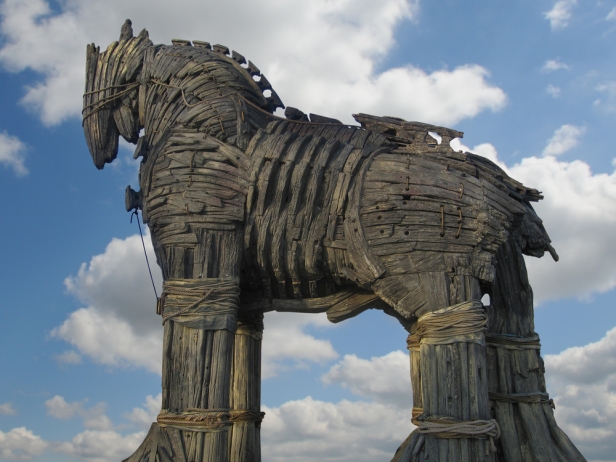
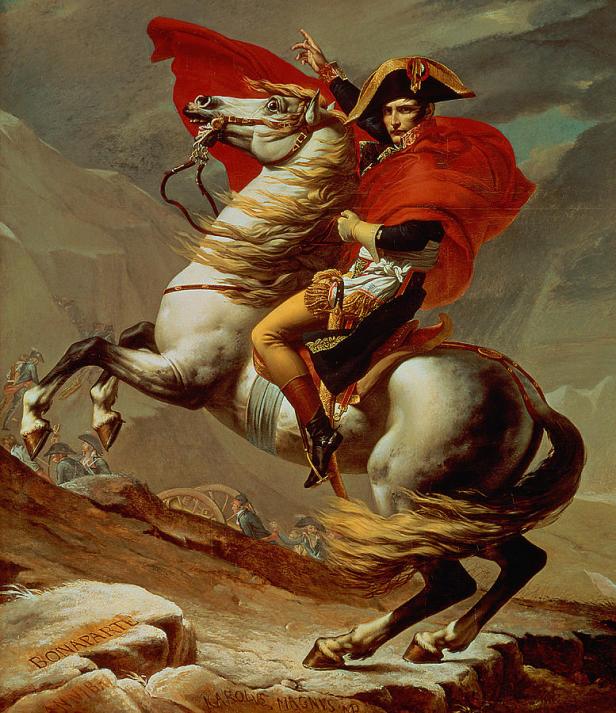
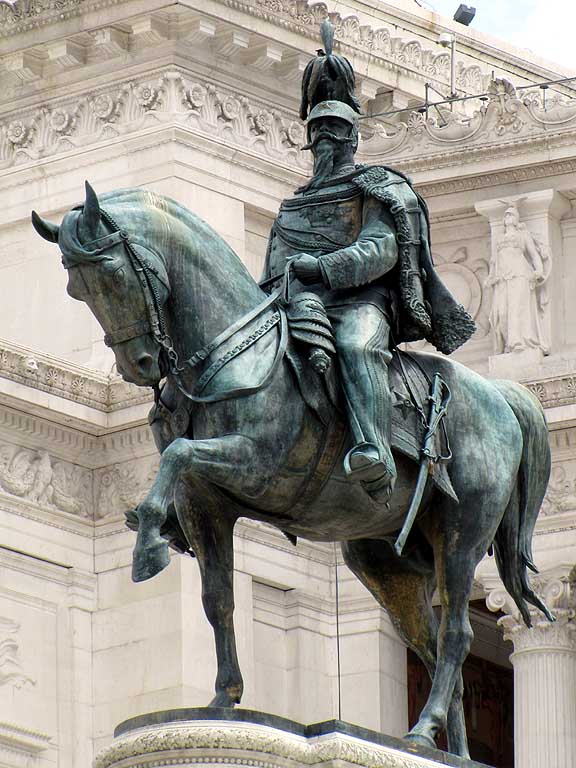
“Horses have played a monumental role in the development of the modern world, ” according to the Equine Heritage Institute. “The use of the horse revolutionized agriculture, helped develop cities, improved transportation, and communication, facilitated imperialism and nation-building and revolutionized warfare. They contributed to medical breakthroughs and battle victories and remain a cultural icon to this day.”
There were once a number of different species of horse but today only one remains. It has close relatives, such as the zebra. But a major difference is that a zebra can be tamed but not domesticated. The horse is a domesticated animal that can be tamed and used to perform any number of tasks.

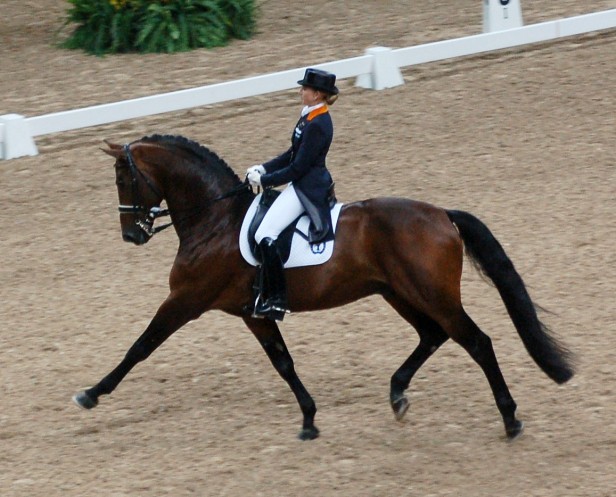
The evolution of the horse, a mammal of the family Equidae, occurred over a geologic time scale of 50 million years, transforming the small, dog-sized,[1] forest-dwelling Eohippus into the modern horse. Paleozoologists have been able to piece together a more complete outline of the evolutionary lineage of the modern horse than of any other animal. Much of this evolution took place in North America, where horses originated but became extinct about 10,000 years ago.[2] – Wikipedia
Horses are native to Eurasia and were not found on any other continent until exported. There were no native horses in Africa. None in Australia either. In the Americas, the only work animal that inhabitants had was the llama – that is, until the Conquistadors brought horses with them, some of which escaped and gave rise to the wild herds from which American Indians were able to capture and tame their ponies and which cowboys used for their work handling cattle.
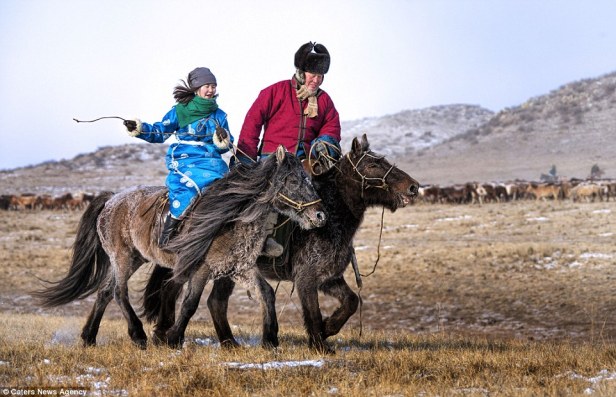


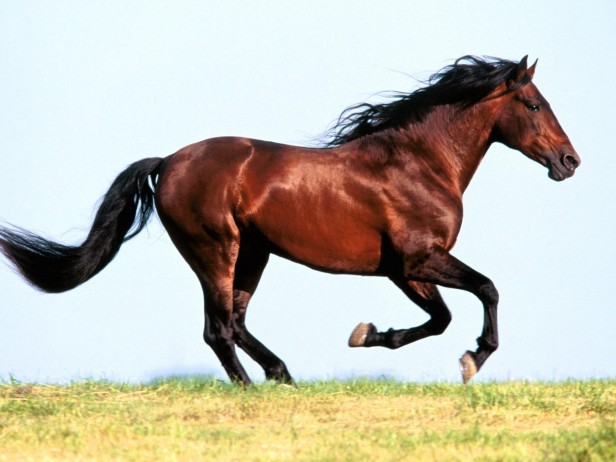
Horses over time were bred to fulfill a variety of jobs and purposes. In the Crusades, European knights mounted on massive mounts battled Arabs on smaller and faster types of horses. Quarter horses are quick and nimble, able to sprint short distances at very fast speeds, while Clydesdales are big and powerful, used for tasks like pulling the Budweiser wagon. Thoroughbreds are specialized for certain kinds of racing, other horses are designed to be jumpers and animals like the Lipizzaner Stallions are acrobats and dancers.

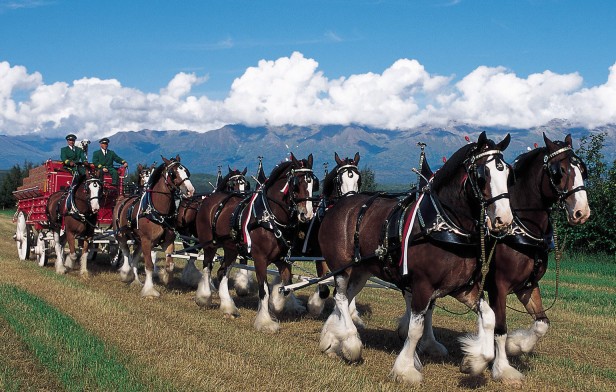
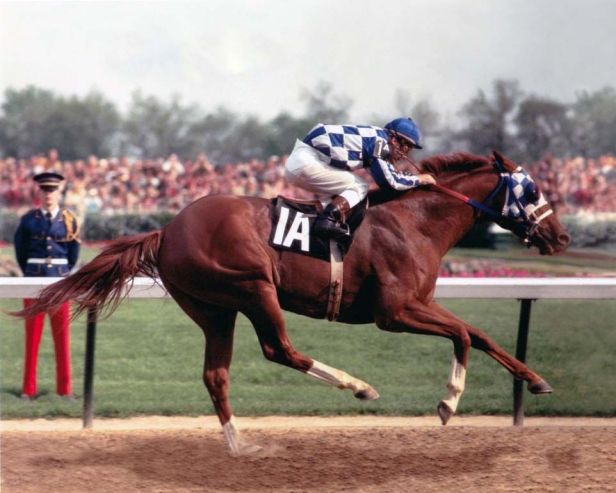

Today the horse no longer has the utility as in the past. While there are still some practical uses for horses, such as working on horseback at a cattle ranch or used by police for crowd control, the horse is more often used for entertainment or pleasure in today’s world.
But because of it’s importance to humans for so many thousands of years the horse has frequently been the subject of art – in paintings, sculptures and in modern times photography.
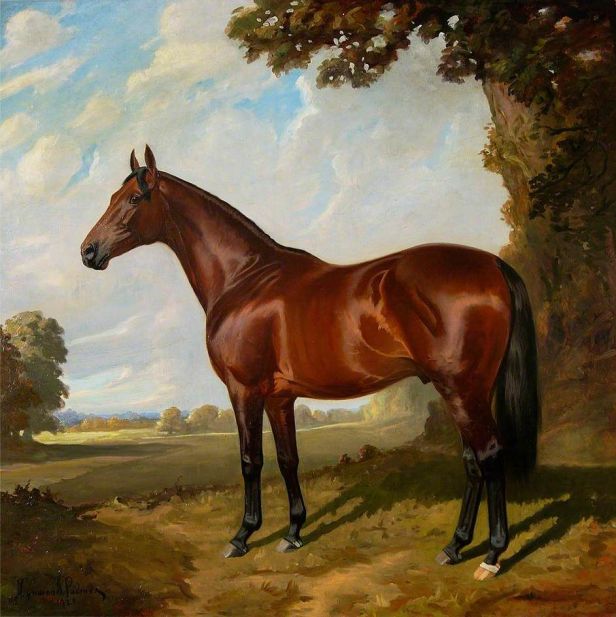
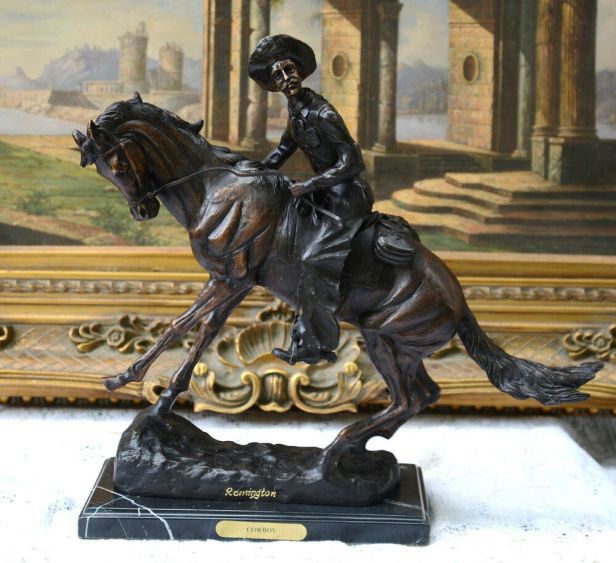
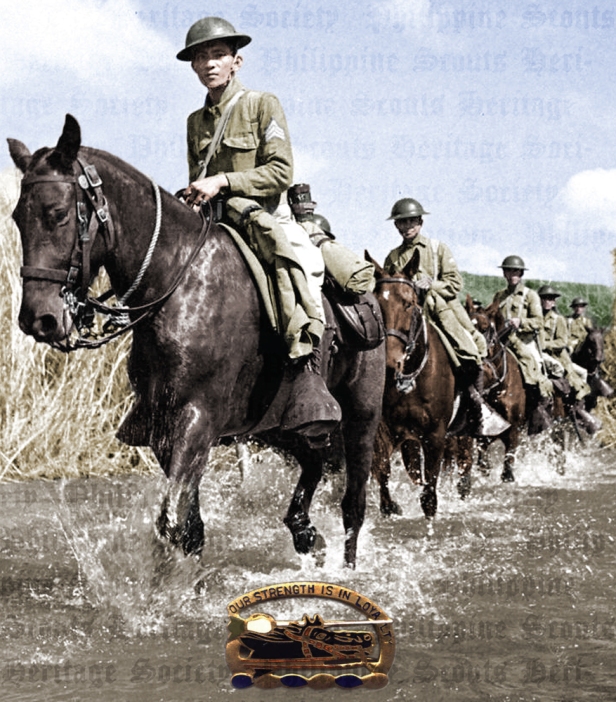
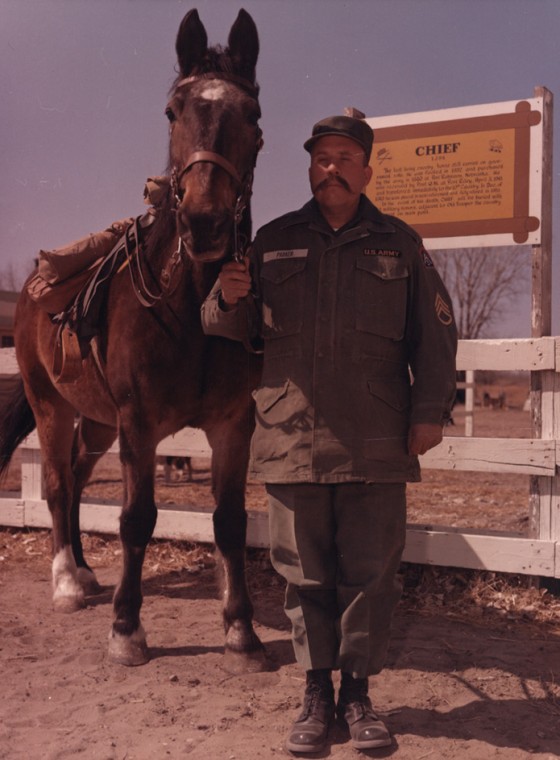
******************************************************

The Women: Photographs of The Top Female Bodybuilders (Artisan) Modern Amazons (Taschen)
WEBSITES
BILL DOBBINS PHOTOGRAPHY www.billdobbinsphotography.com
BILL DOBBINS ART www.billdobbinsart.com
FEMALE PHYSIQUE SITES www.billdobbins.com
EMAIL: billdobbinsphoto@gmail.com
